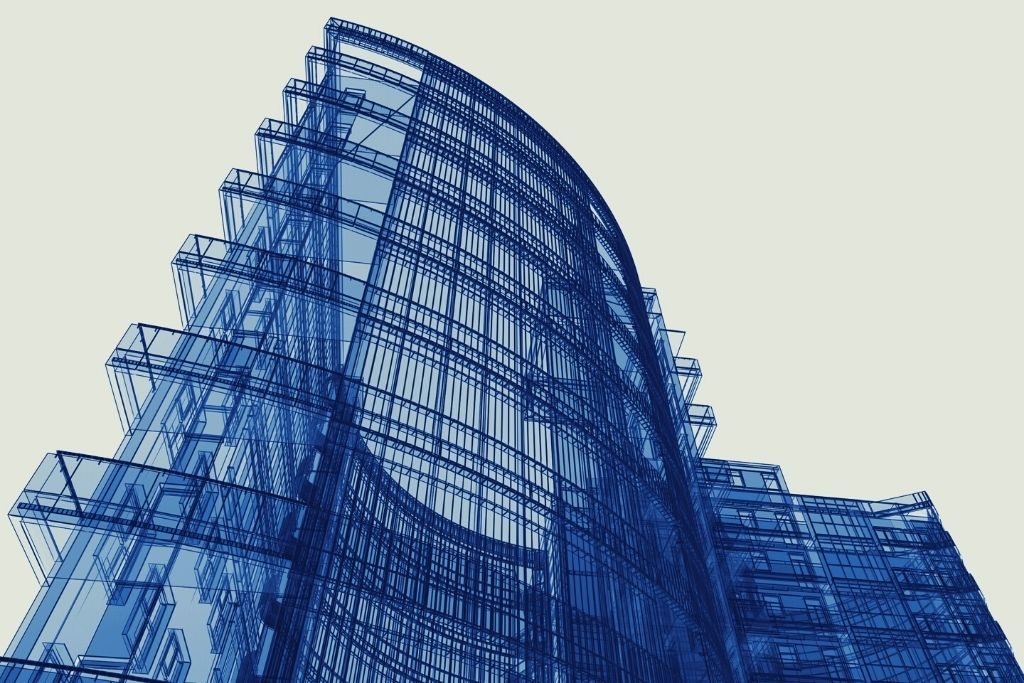Even though construction remains one of the least digitized industries, the rising adaptation of Building Information Modeling (BIM) shows how easily the right technologies are included in existing processes. From early prototypes in the 1970s to mature models of the 2010s, BIM has experienced a huge development and has now reached a level, where its able to change the industry fundamentally.
While it’s true that BIM started primarily as a design paradigm, there’s more to BIM than it meets the eye. Designers and architects are far from the only people to tap into the manifold benefits of BIM. It’s an all-in-one project management technology that plans, designs, builds, and operates — all while keeping everything documented. Benefits of BIM are so tangible that many countries — including Australia, Brazil, Czech Republic, Chile, Denmark, Finland, Japan, Kazakhstan, Latvia, Norway, Singapore, South Korea, the United Kingdom, Ireland, and Vietnam — are making BIM mandatory for any new public-funded building and infrastructure projects.
The following six benefits of BIM show why builders and developers worldwide are striving to make the most of this valuable tool.
1. Better Collaboration Between Teams
Constructions are incredibly complex projects that require collaborations and communication between teams of diverse skillsets. A common challenge is the gap of knowledge or connection between these teams — particularly for those based in the office vs. the field.
However, cloud-based communication appliances in modern BIM software facilitate seamless collaboration between these teams. No matter their role, teams can review their models and workflow on-site or on their mobile devices, with live updates.
2. Cost and Resource Savings
Construction is a notoriously inefficient industry. The average project is 80 percent over the budget and 20 months behind schedule. This waste also has a devastating environmental impact, filling half of the landfills.
BIM, which saves time, money, and environmental resources to companies, is nothing short of a technological savior to relieve these dire figures.
The adaptation of the software can cut millions in costs. To illustrate, during the construction of a US-based university, when everyone in the teams was on BIM, the smart planning saved clients USD 10 million.
3. Shorter Project Lifecycles
Likewise, BIM allows builders and developers to have much shorter project development periods. About 30 percent of the construction is re-work, which usually stems from poor planning. With reduced re-work, human error, and a streamlined project, projects are much more likely to finish on time — if not months earlier.
This benefit of BIM also increases the return-on-investment: The quicker building projects are complete, the earlier it’s possible to utilize them.
4. Better Facility Management
The ROI of using BIM isn’t limited to earlier access to a building. Once the construction project is over, BIM makes accurate and regularly updated building information available for facility managers throughout the building’s entire life cycle.
BIM functions as a living and breathing handbook for the facility managers. No matter the facility’s size or purpose, BIM can improve its space management and streamline maintenance.
For instance, it can help managers to test out different floor layouts, optimize energy efficiency, and make better decisions with any retro-fittings or renovations.
5. Safer Construction Sites
Due to heavy machinery and hazardous heights, constructions can be dangerous work environments. Even in advanced economies, up to 40 percent of the fatal work accidents occur in construction sites. However, BIM can step in to protect the most valuable resource in construction: Human lives and health.
Through superb planning and risk analysis, project managers can mitigate the risks of accidents. Furthermore, better communication reduces overwhelm and stress, allowing all workers and executives to enjoy better mental health.
6. Supercharged Project Visualization
Using BIM makes the building design more detailed and accurate. It can help the architects to maximize the assets of the building’s location, such as natural light or views.
In addition to the practical benefits of BIM, the tool supercharges project visualization, empowering architects to step out of their comfort zones and push their creative limits. From revolving towers to dynamic facades, BIM opens a door for aesthetic possibilities that didn’t previously exist.
The contributions and benefits of BIM to modern architecture is nothing short of century-defining. When the art historians of the future study the buildings of the late 20th and early 21st centuries, those erected using BIM are poised to get a special mention.






